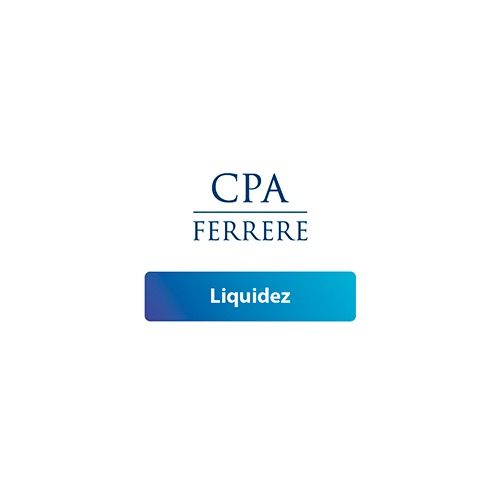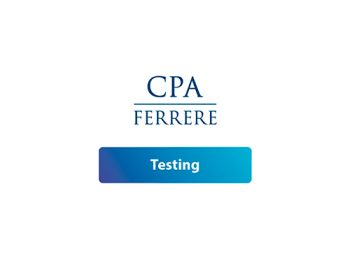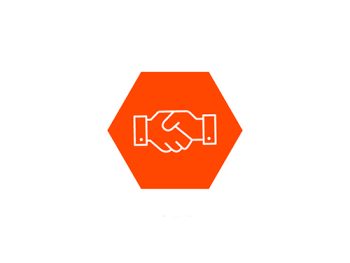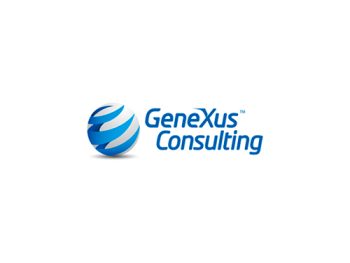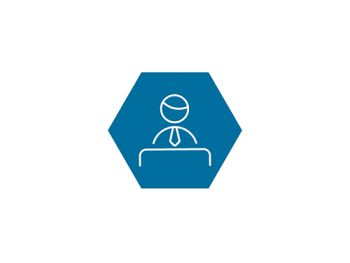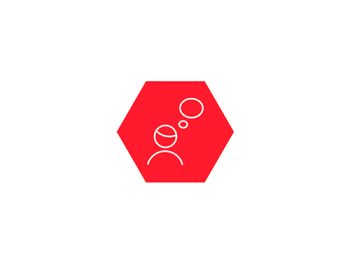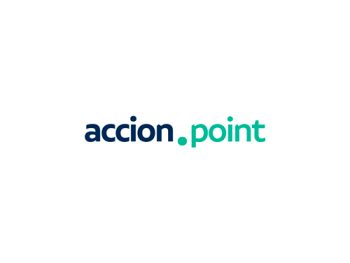Liquidity
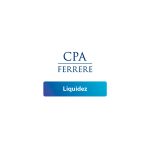
Liquidity
$0.00-
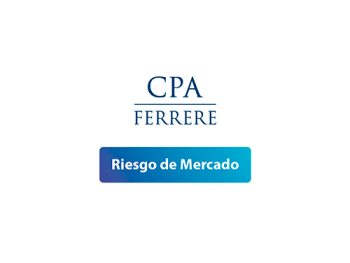 Consulting, Services
Consulting, ServicesMarket Risk
Calculate interest rate capital requirements, according to time structure of the institution’s assets and liabilities, analyzing the different rates, currencies and products in which the institution does business.
$0.00
-
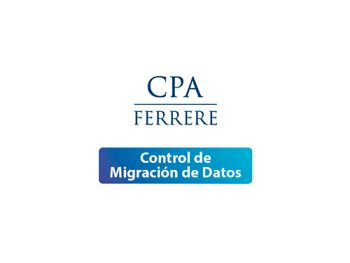 Implementation, Services
Implementation, ServicesData Migration Control
When implementing a new system it is essential to validate the migrated information. At CPA Ferrere we have methodologies and tools that permit analyzing the quality of this information, as well as to lay out an action plan for correction and quality improvement.
$0.00
-
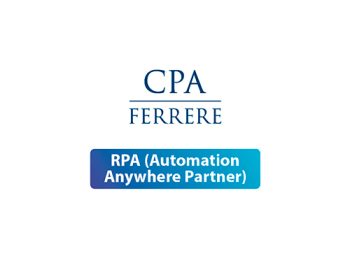 Consulting, Services
Consulting, ServicesRPA
Robotic Process Automation (RPA) is a way to automatically process typically repetitive and operating rule-based activities. This robot software is used to capture and interpret transactions using IT applications and Artificial Intelligence, data manipulation and communication across different systems without affecting them.
CPA Ferrere offers its own differential methodology using a multi-dimension approach, based on knowledge of technology, business and its processes, internal control, administration and finance, as well as accounting.
That methodology, combined with the technological quality of our partner Automation Anywhere, allows us to jointly provide services/products adapted to the needs of each banking organization. We analyze, restructure and automate your processes/activities, generating significant savings, thereby redirecting the labor force and accompanying the organization on its digital transformation.
$0.00
Liquidity Risk derives from the potential inability to cover financial obligations, due to an unplanned shortfall of liquid funds, or due to changes in market conditions involving rapid liquidation of assets, triggering a potential loss of value.
The Liquidity Gap tool makes it possible to analyze fund requirements at different points in time, according to the time structure of the institution’s assets and liabilities in a base scenario and in stress scenarios.
Advantages:
- Liquidity Gap: shows the gaps between inflow/outflow of funds related to the current structure of the institution’s assets and liabilities.
- Liquidity Gap (stress testing): shows the gaps between inflow/outflow of funds related to the current structure of the institution’s assets and liabilities, in a simulation based on the definition of possible and extreme scenarios.
- Determination of demand deposit stability and deposit structurality vector, by creating a model for determining the hard core of deposits with no due date.
- Automation of management reports and regulatory requirements.
- Automation of daily liquidity reports.
- Tracking of financing sources to optimize management of liability concentration.
Successful cases:
- Banco Bandes Uruguay
- Banco Hipotecario del Uruguay
- Banco Continental Paraguay




